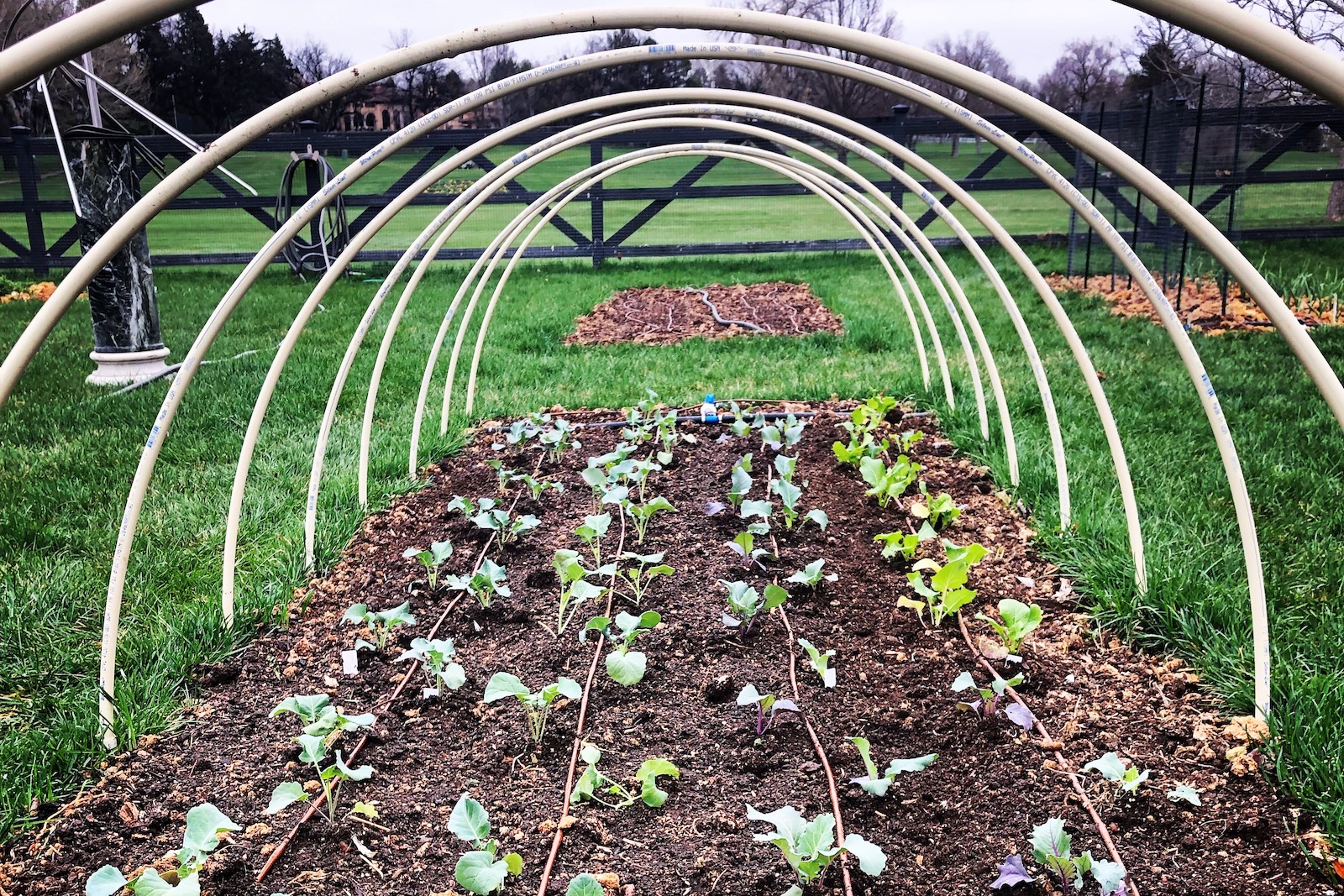
May Day: Get Ready To Grow
Simple Steps Toward a Healthier and More Productive Garden
By design, gardens exist because of humans. While there are many chemical shortcuts to control the garden, it’s no surprise Grow + Gather supports a holistic approach to horticulture. Treating the garden space as an interactive community of plants and animals improves our relationship to the flowers and food we grow. Most of the time when we have a plant problem, something has slipped out of balance in our built environment. Once identified and addressed in an ecologically integrative way, the garden usually bounces back.
Whether you’re a first-time gardener or a seasoned horticulturalist, every growing season is an opportunity to learn and practice new techniques to help achieve your gardening goals. Below you’ll find four ideas to try in your garden for a healthy and productive growing season.
Improve the soil where you grow
The days are longer and the temperature is rising in fits and starts. While it’s still not consistently warm enough to plant much outside along Front Range Colorado, it is a perfect time to take stock of your garden’s soil before seed-sowing time.
Soil is the foundation for a happy garden, and the quickest way to understand your garden soil needs is through a soil test. It’s an inexpensive but helpful way to ensure your soil is safe for edible gardening, and you’ll learn what nutrients the soil lacks so you can amend it effectively. Even if you find out the soil is not safe for edible gardening, you can still flower garden in your property’s soil and save the edible garden for raised beds, a common gardening approach in Colorado since our soil is often tough to work. Check out Colorado State University’s soil testing lab for more information, and send along a completed copy of their soil sample submission form with your soil sample. A basic soil test through CSU will set you back $35 plus shipping.
In addition to soil testing, you can improve the overall quality of your soil by adding compost or cow manure. Numerous chemical fertilizers exist on the market, but why waste money on a one-off quick fix when you can build the long-term health of your soil with organic soil amendments that will help the garden’s ecosystem flourish? Besides adding important nutrients like nitrogen, phosphorus, and potassium and micronutrients like manganese, copper, and sulphur, compost specifically helps sandy soil retain moisture (a common problem for this soil type), and loosens clay soil to allow better circulation of air and nutrients, all of which promote healthy topsoil.
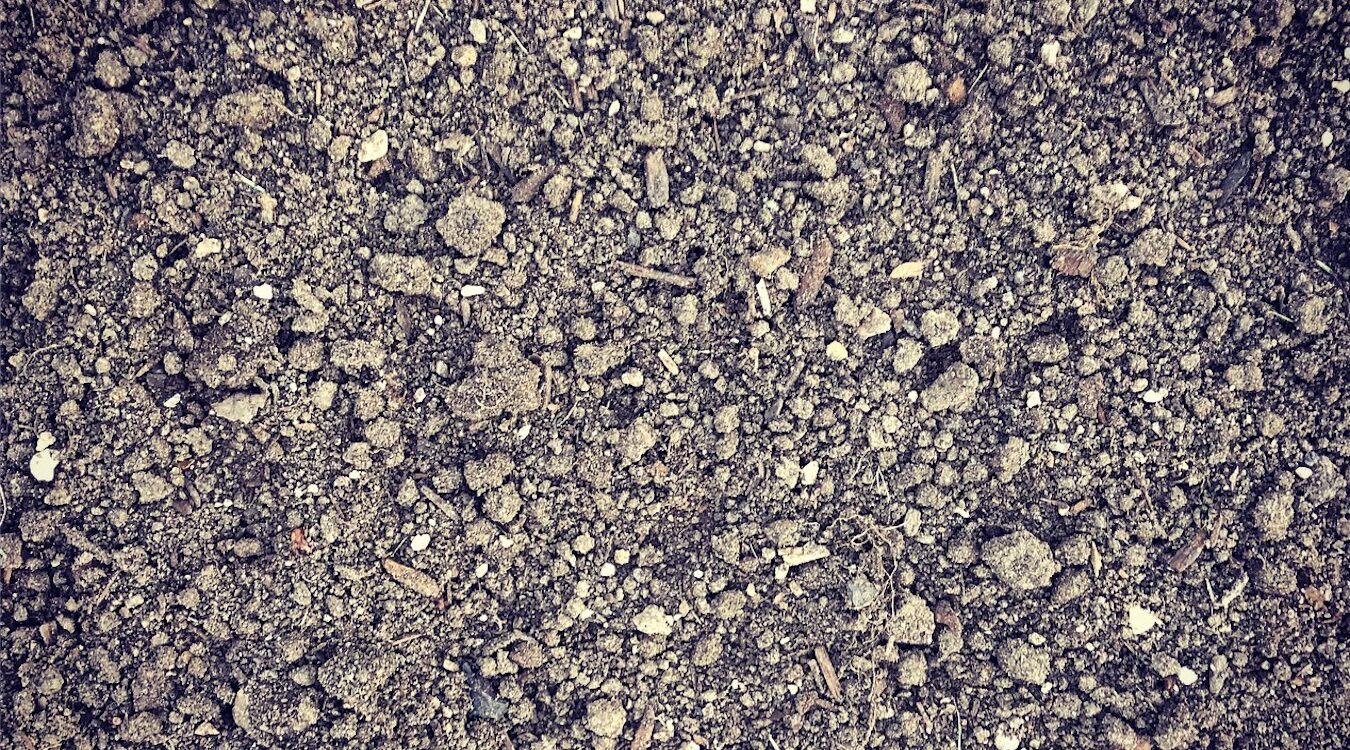
Companion plant edible and ornamental plants
Certain plant species, when grown near one another, create a healthier garden. Commonly known as companion planting, gardeners have been grouping plants that complement one another since long before Europeans settled in the Americas. Used by gardeners and farmers, companion planting can control pests, provide habitat for beneficial and pollinating insects, improve soil quality, maximize gardening space, and increase crop productivity without the use of chemicals. If you’re looking for companion plants, Burpee has a simple companion plant guide that outlines beneficial and antagonistic plants for your vegetable garden, and if you’re interested in maximizing your garden space with edibles and flowers, Better Homes & Garden has you covered with great companion planting tips.
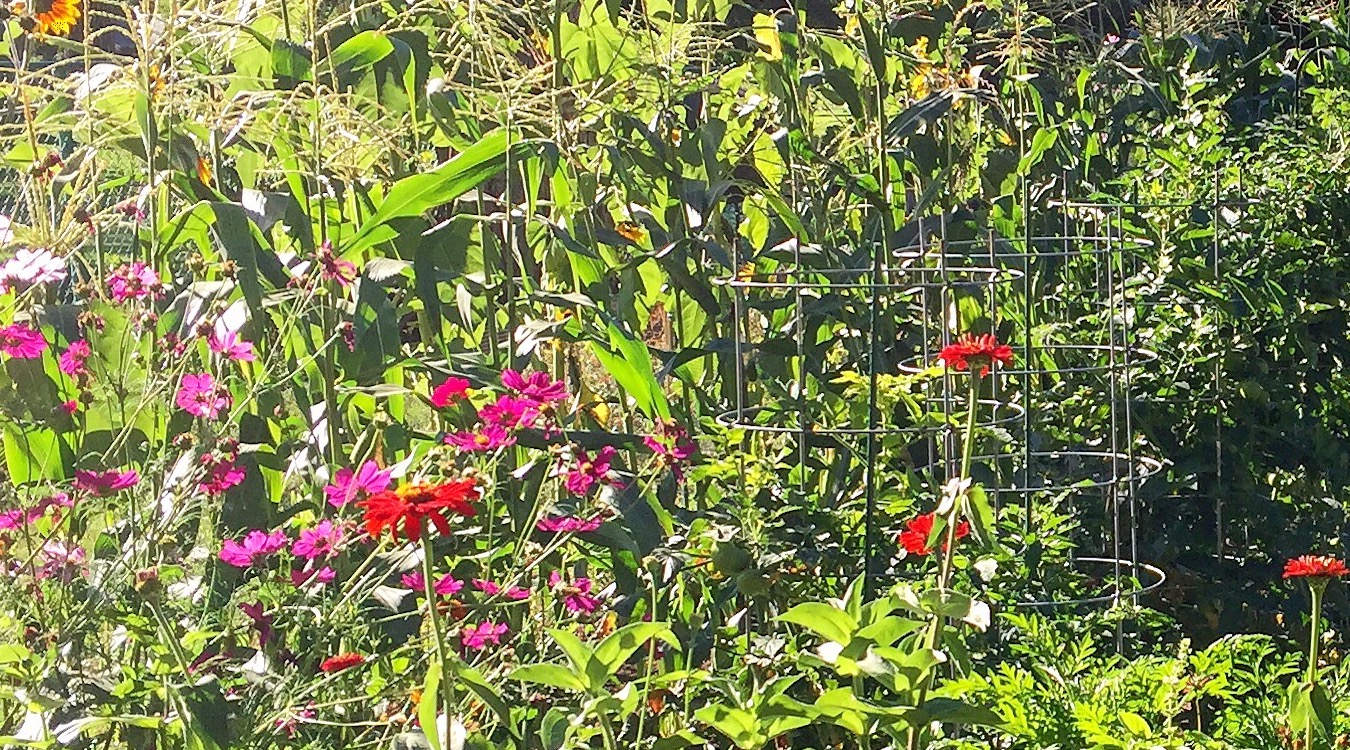
Make your yard a home
Encourage pollinating insects and bees and insect-loving birds to spend time on your property by growing pollinator-friendly plants and installing bird houses and mason bee houses within sight of your growing space.
Mason bee houses should be affixed to a flat, stable surface between six and seven feet off the ground that is protected from the wind and faces south or southwest to keep the bees warm. Check out this site for more information about mason bee houses.
Besides great-tasting nectar and cozy homes for our beneficial garden critters, they need water for hydration and bathing. Place at least one water source, like a bird bath or butterfly puddler, in your growing area for drinking and clean-up sessions, and the birds, bees, butterflies, and other pollinators will reward your garden with longer and more consistent visits.
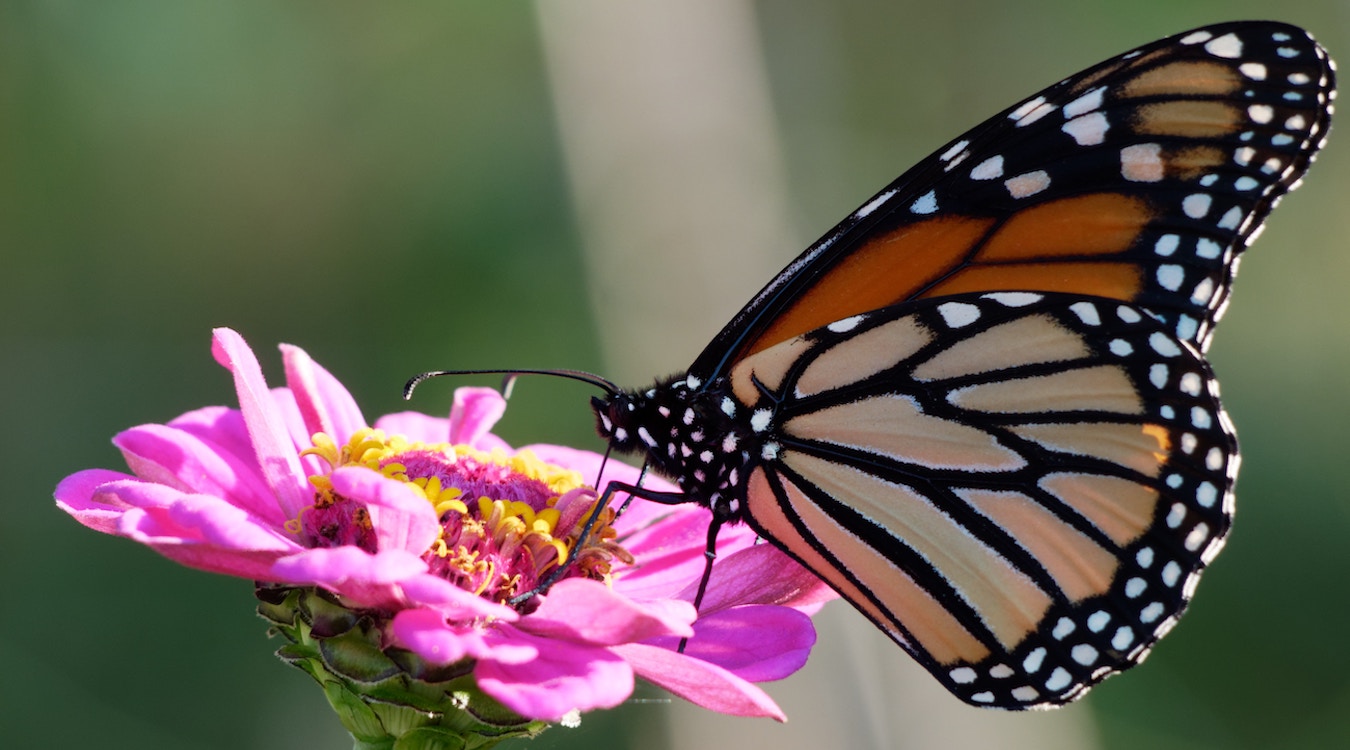
Pick seeds appropriate for your climate and growing situation
For better or worse, Colorado has a short growing season, so it’s vital to select annual seeds that will mature between our last spring frost date and our first autumn frost date. Most fruits and vegetables have short-season varieties, which are available in local garden centers and through catalogs. And to kickstart warm-weather edibles plants, join the growing group of home gardeners who start seeds indoors. You can find a vibrant online community of gardeners who share tips on gardening through Instagram and Facebook, and Colorado State University’s Extension Office co-sponsors a great gardening site called PlantTalk that offers informative articles about gardening topics such as seed starting.
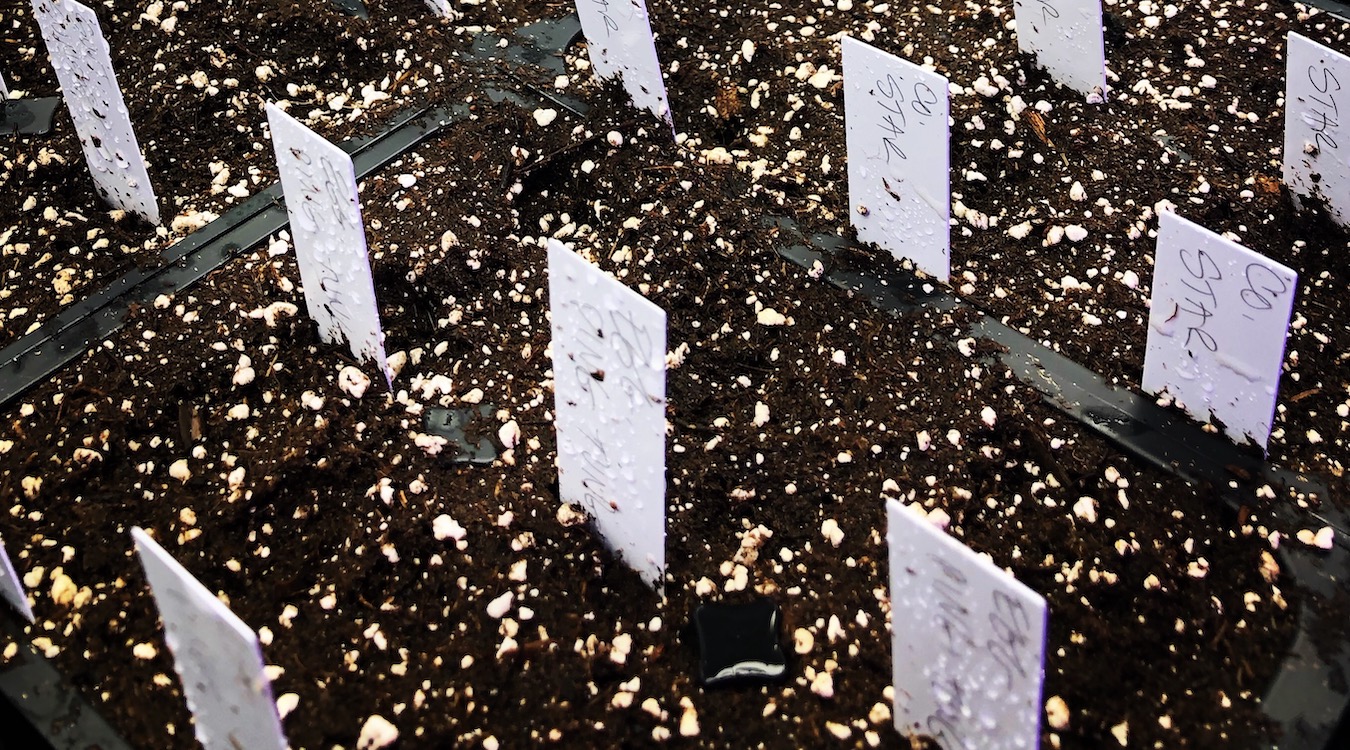
Join Grow + Gather as we try out these techniques in our gardens this year for a more successful growing season. And when you sign up for our mailing list, follow us on Instagram, and “Like” us on Facebook, you’ll be the first to receive more information and tips leading up to outdoor spring planting time in Colorado.


